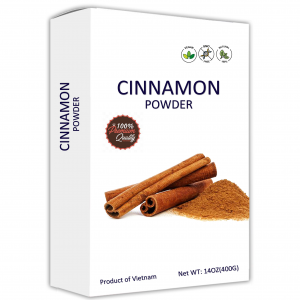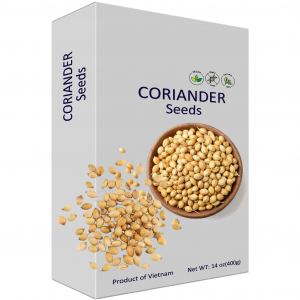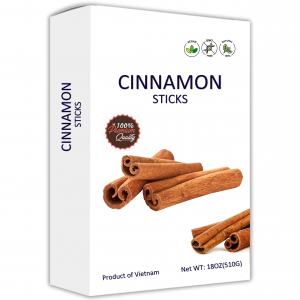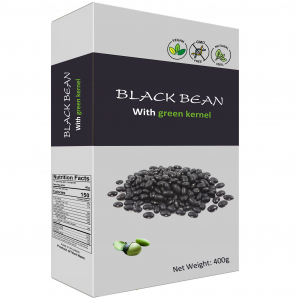RICE VERMICELLI ‘HUẾ’ STYLE
Item details
Product description: RICE VERMICELLI ‘HUẾ’ STYLE
Product number: 3117
Packaging: Customized packaging
I. Introduction
Noodles is one of the world’s most accessible foods. Nearly every country has its own unique version of this popular, inexpensive staple.
There are many stories about the origin of noodles and the history of noodles is difficult to trace for several reasons. This is a reference to the dough, made from a combination of flour and water or eggs – all simple components that have been around for centuries.
There are thousands of varieties of noodles around the world, according to the classification of the shape of noodles, seasoning gravy, cooking craft, and so on. Many noodles have local characteristics, noodles also represent innovation, history and flavor, It reflects the cultural traditions and customs of many local diets: Mediterranean, Asian and Latin American. Since noodles has long been a food of the common people, noodles are accepted by people from all over the world – one of the most popular foods on the planet!
HBMfood was born of a vision of combining simple, fresh and seasonal ingredients to create an unforgettable culinary experiences.
Our noodles is produced with the best grains and ingredients coming from organic agriculture. It’s completely free from pesticide, GMOs and whatever is artificial. Only 100% Natural noodles. The slow drying process prevents the loss of proteins and flavour, rich in proteins and fibers.
We pride ourself in sourcing only the best ingredients from local producers & marrying them with authentic Vietnamese flavors, bringing your guests an unforgettable dining experience.
Thanks to our commitment to preserve the Vietnamese authentic tradition of noodles, we provide a top quality product to our customers.
Ingredients: Rice flour, tapioca starch and salt.
Storage: Keep in a cool, dry place, avoid direct sunlight.
II. How to eat
- Serve noodles in broth with other ingredients.
- Serve noodles accompanying sauce or soup.
- Noodles are also served in a salad.
- Serve the noodles pain or with dipping sauce or oil added to table.
- Stir fry noodles with various seafood, meats, dairy products and vegetables.
- Serve noodles in broth.
- In Far Eastern cuisine, noodles are used to accompany sauces, soups and stir fried dishes.
III. Are you interested in private labeling?
- Contact us, select your product and create your own private label.
- You can choose from the following lines: Noodles and macaroni.
- Make your products unique while respecting the environment: Choose your packaging with our different formats and 100% recyclable materials.
- Our graphic team can assist you with the creation of your brand with a captivating and eye-catching packaging, which will help your business grow, while respecting the norms and regulations of your country.
**How to make Spicy Vietnamese Beef Noodle Soup (Bun Bo Hue)
The origins of Bun Bo Hue
Spicy Vietnamese Beef Noodle Soup (Bun Bo Hue) is one of the most popular noodle soups in Vietnam, Bun Bo Hue literally translated means noodles from Hue. Hue is a city in central Vietnam that was once the capital of the country. This dish is called Bun Bo Hue, so people know where it comes from. In that region, it is simply called Bun Bo. Spicy Vietnamese Beef Noodle Soup (Bun Bo Hue) has a spicy beef based broth and is served with thick rice noodles, thinly sliced beef, pork leg, and lots of fresh veggies.
1. INGREDIENTS
Broth
- 2 lb beef shank with bone
- 2 lb pork leg cut into chunks
- 1 lb brisket
- 3 cloves garlic
- 2 tbsp Bun Bo Hue powder
- 1 tbsp shrimp paste
- 1 daikon cut into chunks
- 1 yellow onion
- 2 stalks lemongrass cut into 2 inch pieces
- 1 tsp salt
- 2 tbsp fish sauce
- 1 tbsp sugar
Chili Oil
- 2 tsp annatto seeds
- 1 shallot minced
- 2 cloves garlic minced
- 1/4 cup vegetable oil
Other Ingredients
- 1 package thick rice noodles
- 1/4 cup cilantro minced
- 2 stalks green onions minced
- 1 cup green sprouts
- Mint to taste
- 1 roll cha lua thinly sliced
2. INSTRUCTIONS
- Clean the meat. Put the pork leg, beef shank, and beef chuck into a big soup pan and add water until it just covers the meat. Bring it to a boil. Once the water boils, remove it from the heat and pour out the water. Take out the pork leg and beef chuck and set aside.
- Add 3 cloves of garlic and a tablespoon of oil to a soup pan. (You can use the same one you used to cook the pork leg to save time.) Cook the garlic for about a minute. Add in the beef shank and brisket, bun bo hue powder, and shrimp paste. Cook until beef shank is brown on all sides. Add in water until it just covers the meat, and bring it to a boil. Scoop away any impurities that you see.
- Lower the heat, and add in the onion, daikon, and lemongrass. Simmer for an hour and a half.
- While the soup is simmering, use the edge of a knife and scrape away any hairs or dirt you see on the pork leg skin.
- After you simmer the broth for 1.5 hours add back the pork leg. In addition, add salt, fish sauce, and sugar to the soup. Simmer the soup for another 30 minutes.
- Make the chili oil while the soup is simmering. Add annatto seeds and oil to a sauce pan and cook until the oil takes on a red color (1-2 minutes). Remove the seeds and add in minced garlic and shallots and cook until they are brown. Set aside.
- After the soup has simmered for the last 30 minutes, take out the beef shank and pork leg and set aside. Slice the beef shank into thin pieces. Next, taste the soup and see if it has enough flavor. If not, add more fish sauce until it tastes just right. Turn off the heat.
- Grab a handful of cooked noodles and put them in a bowl. Top it with some of the beef shank slices, a piece of the pork leg, cilantro, green onions, bean sprouts, and cha lua. Ladle some soup over these yummy ingredients and serve.











Reviews
There are no reviews yet.